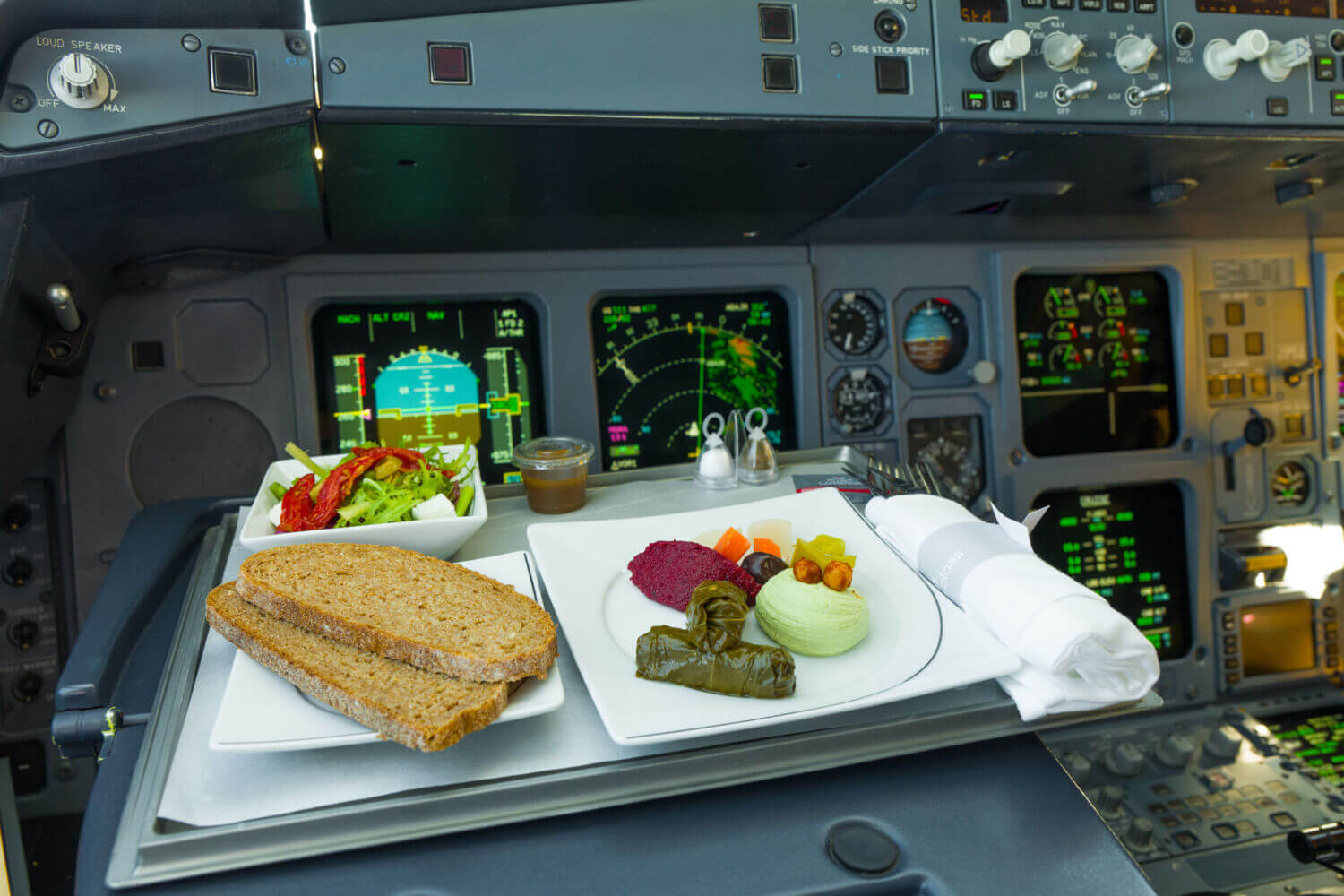Is there a secret to longevity? This health expert says 1,000% yes
In the era of social media, post-COVID, and with mental health at the forefront, a shift is taking […]

Ever heard that pilots do no not eat the same meal on a flight? Well, the rationale is simple but important: to reduce the danger of both people becoming ill at the same time, particularly as a result of food poisoning.
Safety is crucial in the aviation industry. From takeoff to landing, every detail of a flight is methodically planned and executed to ensure the safety of the passengers and crew. This attention to detail extends to what the pilots and copilots eat while in flight. Guidelines for in-flight crew food consumption differ by airline
So, imagine a scenario where both the pilot and copilot consume the same meal, only to develop symptoms of food poisoning in the middle of flight.
According to a report by The Star, on a 1982 flight from Boston to Lisbon, some faulty tapioca pudding harmed ten crew members, including the pilot, co-pilot and flight engineer.
With both pilots disabled, the aircraft’s and passengers’ safety would be at risk. This potential calamity emphasised the significance of keeping at least one flight crew member fit to fly the aircraft at all times.
To avoid such a situation, airlines have implemented procedures requiring pilots and copilots to take distinct meals while in flight. By diversifying their dietary, the chances of both people being harmed by a single contaminated meal are greatly lowered. For Captain Joe, Pilot and Educational Youtube content creator, this precautionary procedure protects against the simultaneous incapacitation of important flight crew members and ensures the aircraft’s integrity.
In addition, meals given to flight crew members are subjected to stringent quality control techniques in order to reduce the risk of foodborne illness. Airlines’ catering services follow strict sanitary requirements and implement methods to ensure the safety and freshness of in-flight meals.
Finally, the habit of pilots and copilots eating distinct meals is a critical component of aviation safety procedures. It reflects the industry’s unwavering commitment to risk mitigation and prioritising the safety of all passengers on board an aircraft. In the complicated and dynamic world of aviation, every precaution, no matter how little, is critical to maintaining the greatest levels of safety and professionalism.

In the era of social media, post-COVID, and with mental health at the forefront, a shift is taking […]

With its fast speeds and revolutionary potential, 5G stands out as a noteworthy milestone in the field of […]